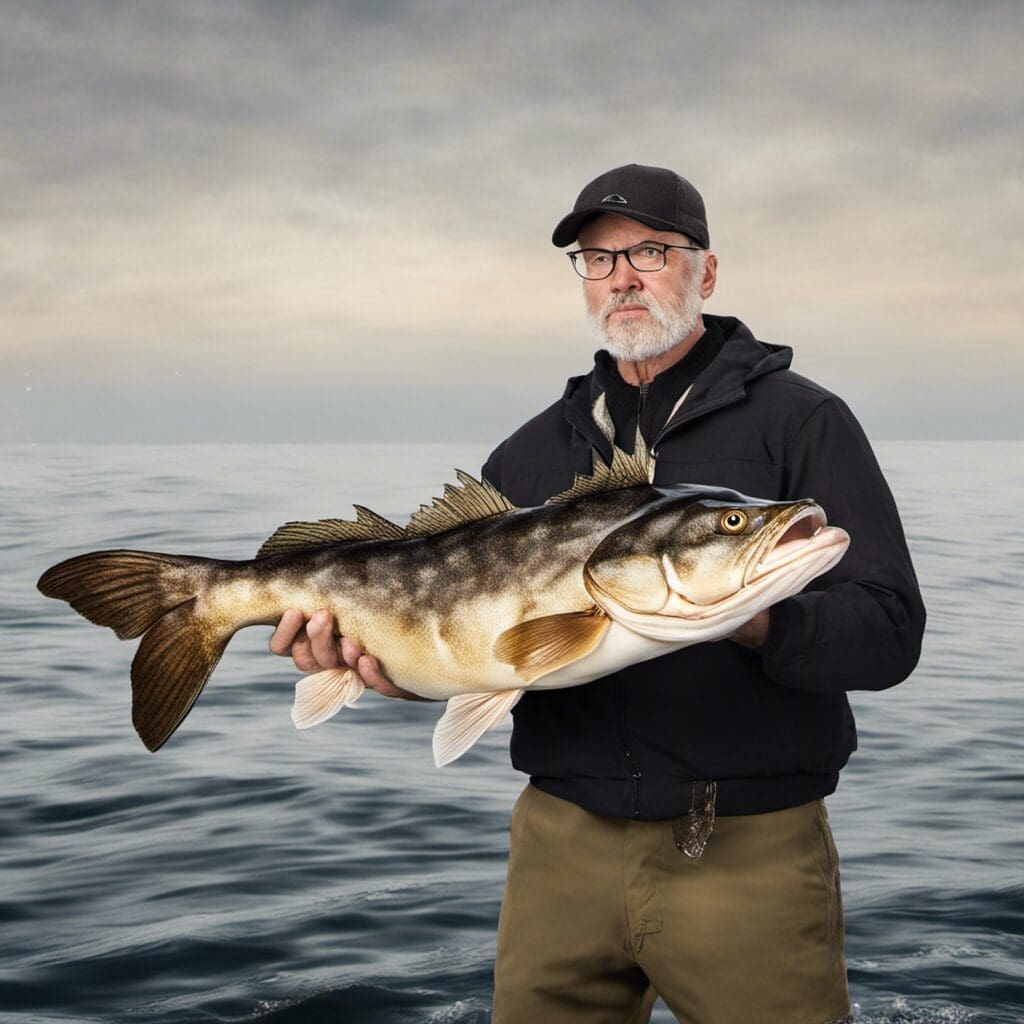Introduction
The Atlantic Cod (Gadus morhua) is a renowned species from the family Gadidae, inhabiting the colder waters of the North Atlantic. This species is well-regarded for its culinary value and has played major roles in historical events.
Conservation Status
According to the International Union for Conservation of Nature (IUCN), Atlantic Cod has been classified as ‘Vulnerable’. A myriad of conservation efforts are in place to reduce the strain on Atlantic Cod populations, including regulation of catch levels, adjustment of fishing methods, and establishment of protected areas.
Statistics
| Average | Range | |
|---|---|---|
| Length | 1m | 0.9m – 1.8m |
| Weight | 5 – 12 kg | 1kg – 46 kg |
| Average Lifespan | 25 years |
Distribution
Atlantic Cod are widely dispersed throughout the North Atlantic, dwelling in regions along the coast of North America, Greenland, and Europe. Cod are known to migrate between feeding and spawning grounds, often resulting in seasonal changes in distribution.
Habitats
Living in both the open ocean and coastal waters, Atlantic Cod can be found at a range of depths from 20 metres to 600 metres. They prefer cold waters, anywhere from 0°C to 13°C.
When and Where to See
Atlantic Cod generally spawn during the colder months, from January to April. During these times, they can be spotted near the coastline.
Best Fishing Locations
Here’s a list of top ten locations to fish Atlantic Cod:
- Grand Banks, Canada
- Georges Bank, USA
- North Sea
- Baltic Sea
- Iceland
- Norway
- Irish Sea
- Scotian Shelf, Canada
- Barents Sea
- Newfoundland, Canada
How to Catch
Live or cut bait such as mackerel, squid, or sea worms work best for Atlantic Cod. Fishing techniques like bottom fishing, trolling, and jigging are effective for catching these fish.
Identification Guide
Atlantic Cods are characterized by their olive-green to brown color, with spots over the dorsal side. They have a distinct barbel on the chin, and three dorsal and two anal fins.
Culinary
Atlantic Cod has a mild flavor, with a dense, flaky white flesh. They are rich in protein, vitamin B12, and iodine. They are typically prepared by broiling, grilling, frying, or baking.
Additional Information
Cods are carnivorous, mainly feeding on crustaceans, mollusks, and smaller fish. They face predation from seals, large fish, and humans. Their socio-economic importance led to wars for control over their fisheries in the 16th to 17th centuries, known as the Cod Wars.
References and Further Reading
Interested readers can explore additional information and the latest research available on:
Fishbase,
IUCN Red List,
Ocean Smithsonian.

